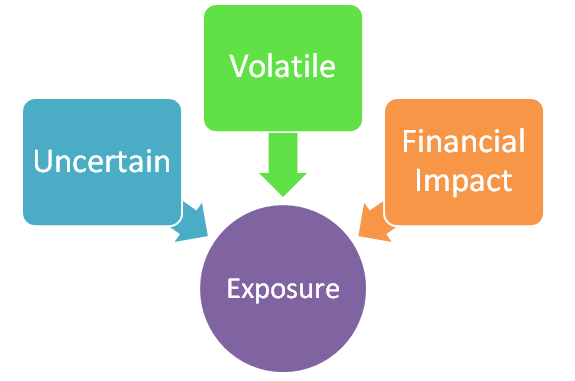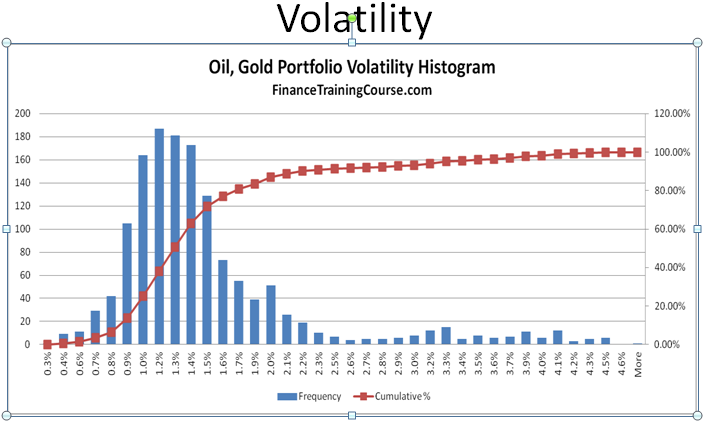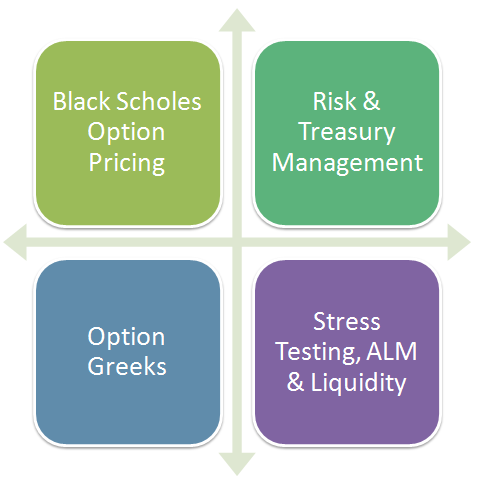From Risk to Value at Risk.
Understanding risk, risk management, risk exposures and risk assessment has suddenly become more complicated than it needs to be. New terminology and frameworks, combined with sophisticated numerical analysis now overshadow simpler and basic questions.

Our understanding risk management series presents 15 lessons selected from a decade of lectures and classes on risk management delivered by our team. Starting off with the simplest of introduction to risk to the more advanced Cross Currency Swap (CCS) Value at Risk (VaR) calculation exercise, the understanding risk management series makes it easier to cover the distance you need to cover to build a relationship with risk management.
Risk Assessment, Measurement & Limits
Our first steps take us through the definition of risk, risk management, risk exposure and target accounts. We use an Aviation fuel hedging case study to illustrate the concept of exposure and directly link exposure to PnL impact.

- What is risk?
- Setting Treasury & Investment management risk limits: Limits, Capital Allocation, Risk Measurement
- Understanding Risk Exposure and Target Accounts: Risk Assessment Checklist & Frameworks
- Risk Management in Frontier and Emerging Markets
- Setting Limits: Value at Risk and Regulatory Limits
Risk Assessment & Measurement Tools: Calculating Value at Risk
As a second step with explore the concept of value at risk that helps us quantify the numerical impact of price movements. This session includes three step by step calculating value at risk case studies.

- Solved Test Solution: Value at Risk Margin Lending Prime Brokerage Case Study
- Calculating Value at Risk: Value at Risk workshop session transcript
- Calculating Value at Risk: Step by Step case study
- Value at Risk, Volatility & Trailing Correlations
- Calculating Value at Risk for Options and Futures
- Calculating Value at Risk and Histograms in Excel
Value at Risk in Excel: Advance Topics
Our final section introduces more advance tweaks to the value at risk model we have just introduced.
- Monte Carlo Simulation: Using Historical Returns instead of the standard normal distribution
- Tracking Correlations: Trailing Correlations Study Guide
- Calculating Portfolio Value at Risk without using the VCV Matrix: Shortcut Proof
- Calculating IRS & CCS Value at Risk using Historical Simulation. Excel sheet walk through
If you like this series also check out other risk management courses available as part of our understanding risk management series:



Comments are closed.